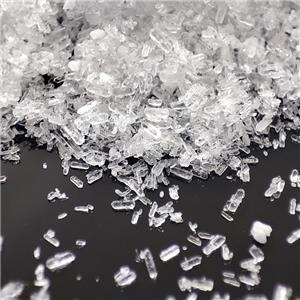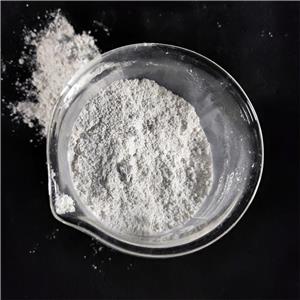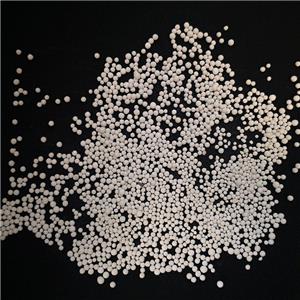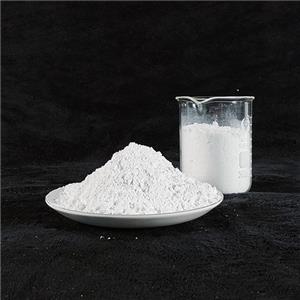What is the industrial use of brucite?
Brucite: A Versatile Mineral with Multiple Industrial Applications
Introduction
Brucite, a mineral composed of magnesium hydroxide (Mg(OH)₂), is gaining increasing attention due to its wide array of unique properties, such as high thermal stability, flame-retardant capabilities, chemical neutrality, and environmental benefits. With its diverse range of applications, brucite plays an essential role in multiple industrial sectors, contributing to advancements in materials science, environmental protection, and even public safety.
1. magnesium hydroxide as a Flame Retardant
One of the most prominent applications of brucite is as a flame retardant. When exposed to high temperatures, brucite undergoes thermal decomposition to produce magnesium oxide (MgO) and water vapor (H₂O). This decomposition reaction helps suppress flames in two key ways: the release of water vapor absorbs heat, lowering the temperature of the surrounding environment, while the formation of magnesium oxide forms a protective layer that further hinders combustion.
Due to these properties, magnesium hydroxide is extensively used in a variety of fire-resistant materials. It is commonly added to coatings, plastics, textiles, and even rubber products, significantly enhancing their flame-retardant performance. The mineral is found in industries such as construction, automotive, and electronics, where fire safety is of paramount importance. For example, magnesium hydroxide is incorporated into the construction of fire-resistant building materials, including insulation panels, fireproof coatings for walls, and electrical cables, helping to prevent the spread of fires and ensuring greater safety in residential and commercial spaces.
2. Brucite in Magnesium Production
In addition to its role as a flame retardant, brucite is an essential source of magnesium hydroxide, which is a precursor in the production of magnesium metal and its alloys. Magnesium is a lightweight, high-strength material widely used in industries that require materials with excellent strength-to-weight ratios, such as aerospace, automotive, and electronics.
Brucite is processed to extract magnesium hydroxide, which is then subjected to further chemical treatments to produce magnesium metal. This metal is used in a variety of applications, including the production of lightweight vehicle components, aerospace parts, and battery casings. Magnesium alloys made from brucite-derived magnesium have superior strength and corrosion resistance, making them ideal for use in the automotive industry, where fuel efficiency and lightweight materials are highly valued.
3. Brucite’sRole in Environmental Protection
Brucite’s chemical properties make it a valuable tool in the environmental sector, particularly in water and wastewater treatment. The mineral’s neutralizing capabilities help regulate the pH levels of water, making it useful in both industrial and municipal settings. In water treatment processes, brucite is used to neutralize acidic water, ensuring that it meets environmental standards before being discharged into natural water bodies. Its ability to remove impurities from water further enhances its role in promoting cleaner water supplies.
In wastewater treatment plants, magnesium hydroxide is commonly used to treat industrial effluents, particularly those with high acidity. The addition of brucite helps to neutralize the acidic contaminants, reducing the environmental impact of wastewater discharge. In addition, magnesium hydroxide is effective in controlling the levels of heavy metals and other pollutants that may be present in wastewater, further contributing to environmental preservation.
4. Brucite in Refractory Materials and Ceramics
Another key application of brucite is in the production of refractory materials and ceramics. Due to its high thermal stability, magnesium hydroxide is used as an additive in refractory products that need to withstand extreme temperatures. Refractory materials are essential in industries such as steel manufacturing, cement production, and glassmaking, where they are used to line furnaces, kilns, and reactors.
Brucite-based refractory materials are highly resistant to thermal shock and maintain their structural integrity at elevated temperatures, making them ideal for high-temperature applications. In addition to industrial processes, brucite is also used in the production of ceramics, where its presence enhances the material’s resistance to heat, improving the performance and durability of ceramic products used in applications like electrical insulation, crucibles, and high-temperature seals.
5. Brucite as a Soil Conditioner in Agriculture
Brucite has found a growing niche in the agricultural sector due to its ability to neutralize acidic soils. Acidic soils can limit plant growth by reducing nutrient availability and impairing microbial activity. By adding brucite to soil, farmers can adjust the PH level, creating a more favorable environment for plant growth. This is particularly beneficial in regions where soil acidity is a common issue, such as in parts of Asia and South America.
Furthermore, magnesium hydroxide provides magnesium, an essential nutrient for plant health. Magnesium plays a critical role in photosynthesis, the process by which plants convert sunlight into energy. As a natural source of magnesium, brucite not only helps neutralize soil acidity but also improves soil fertility, resulting in healthier crops and higher agricultural yields.
6. Brucite in the Manufacture of Other Materials
Brucite’s versatility extends beyond the applications mentioned above. In addition to its use in flame-retardant products, magnesium production, environmental management, and agriculture, brucite is also employed in a variety of other industries. For example, magnesium hydroxide is used as a filler in the production of paints and coatings, where it enhances the material’s durability and resistance to wear and tear. Brucite is also utilized in the manufacture of glass, where it can help improve the transparency and strength of the final product.




